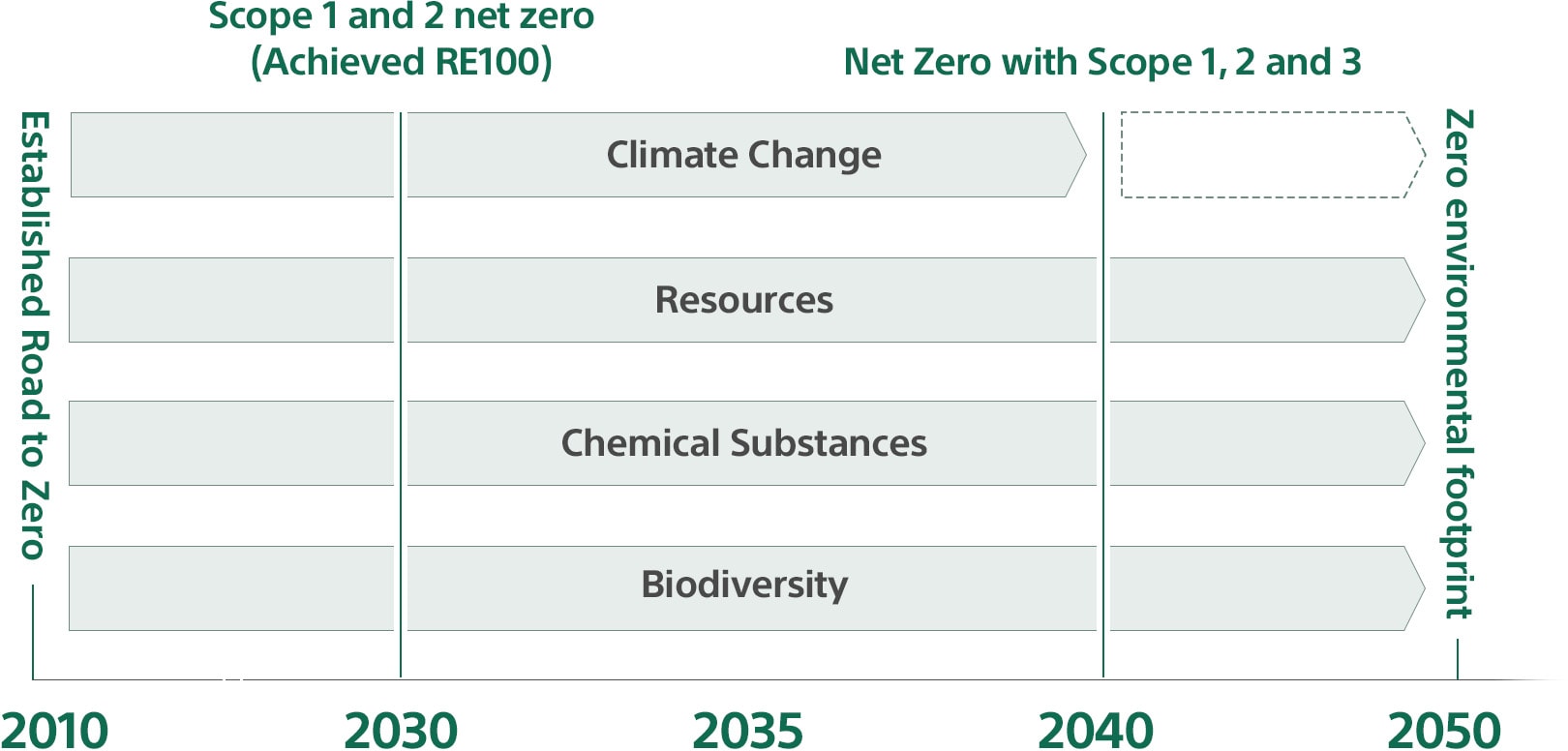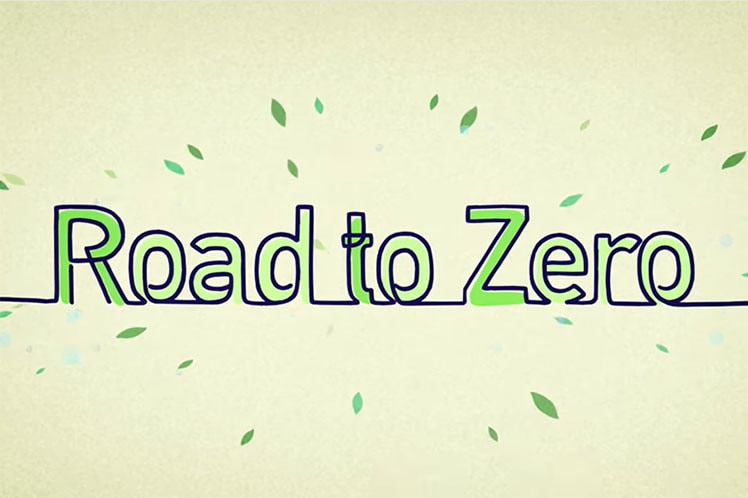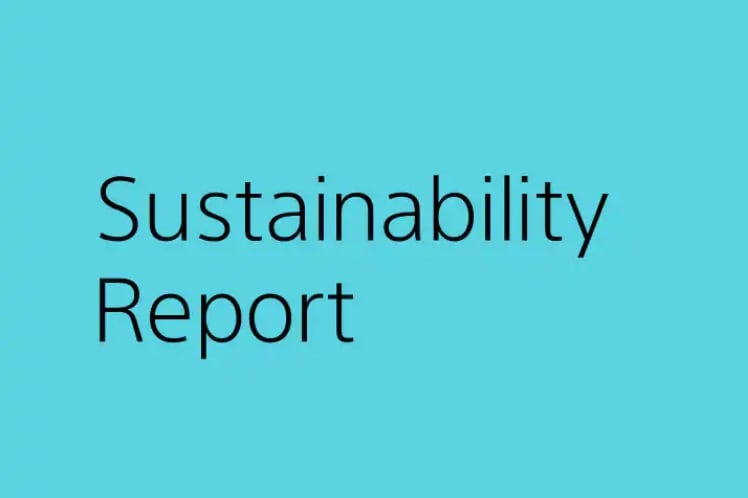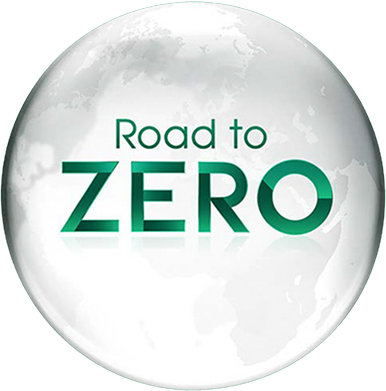
Striving to achieve a zero environmental footprint
Road to Zero is Sony’s global environmental plan, striving to achieve a zero environmental footprint throughout the life cycle of our products and
business activities. Road to Zero sets a series of specific goals based on four environmental
PERSPECTIVES, and six product LIFE CYCLE stages.
PERSPECTIVESEnvironmental action from four environmental perspectives
Sony business operations rely on a healthy natural environment. To help promote fulfilling lifestyles today and tomorrow,
and achieve a zero environmental footprint, we have set goals from four environmental perspectives:
curbing climate change, conserving resources, controlling chemical substances, and promoting biodiversity.

Curbing Climate ChangeToward zero-emission products
We reduce greenhouse gas emissions not just in operations but also throughout product life cycles. We aim to provide environmentally conscious products and services, and our workplace programs save energy and promote renewable energy. We engage our supply chain partners to share our commitment to curbing emissions.
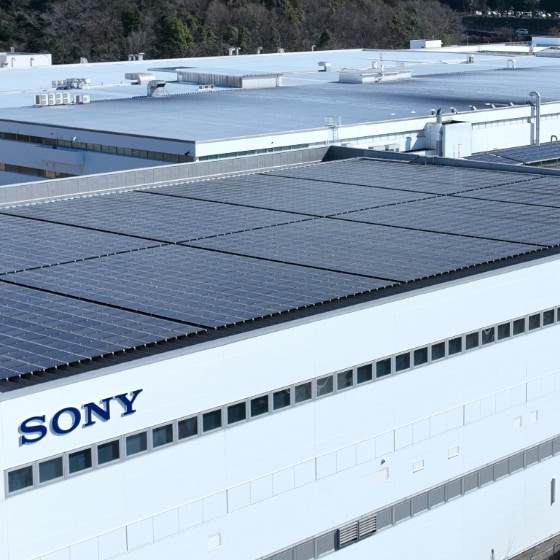
Conserving ResourcesEliminating use of virgin materials
We conserve resources by minimizing consumption and maximizing recycled materials in operations and product life cycles. To reduce consumption, we make products lighter and improve workplace resource efficiency. To promote recycling, we work with recyclers and reuse materials from used products around the world.

Controlling Chemical SubstancesCareful management,
beginning with raw materials
Regulatory compliance is just the start. We establish our own chemical substance management standards for strict control over chemicals in raw materials and parts globally. We phase out and replace any substances that may pose environmental risks in production while prohibiting suppliers from using specified substances.

Promoting BiodiversityRespecting the natural environment
Natural resources are essential to Sony business activities, and we are aware that our operations may affect the natural environment in various ways. We strive to continue protecting biodiversity (maintaining balanced ecosystems) through Sony’s business and conservation activities.

LIFE CYCLEResponsibility over Product Life Cycles
All products have an environmental impact throughout their life cycle, from the moment resources are exploited through production, distribution, use, and final disposal.
To fulfill our responsibility at all times, Sony divides product life cycles into six stages,
each with the specific goal of achieving a zero environmental footprint.
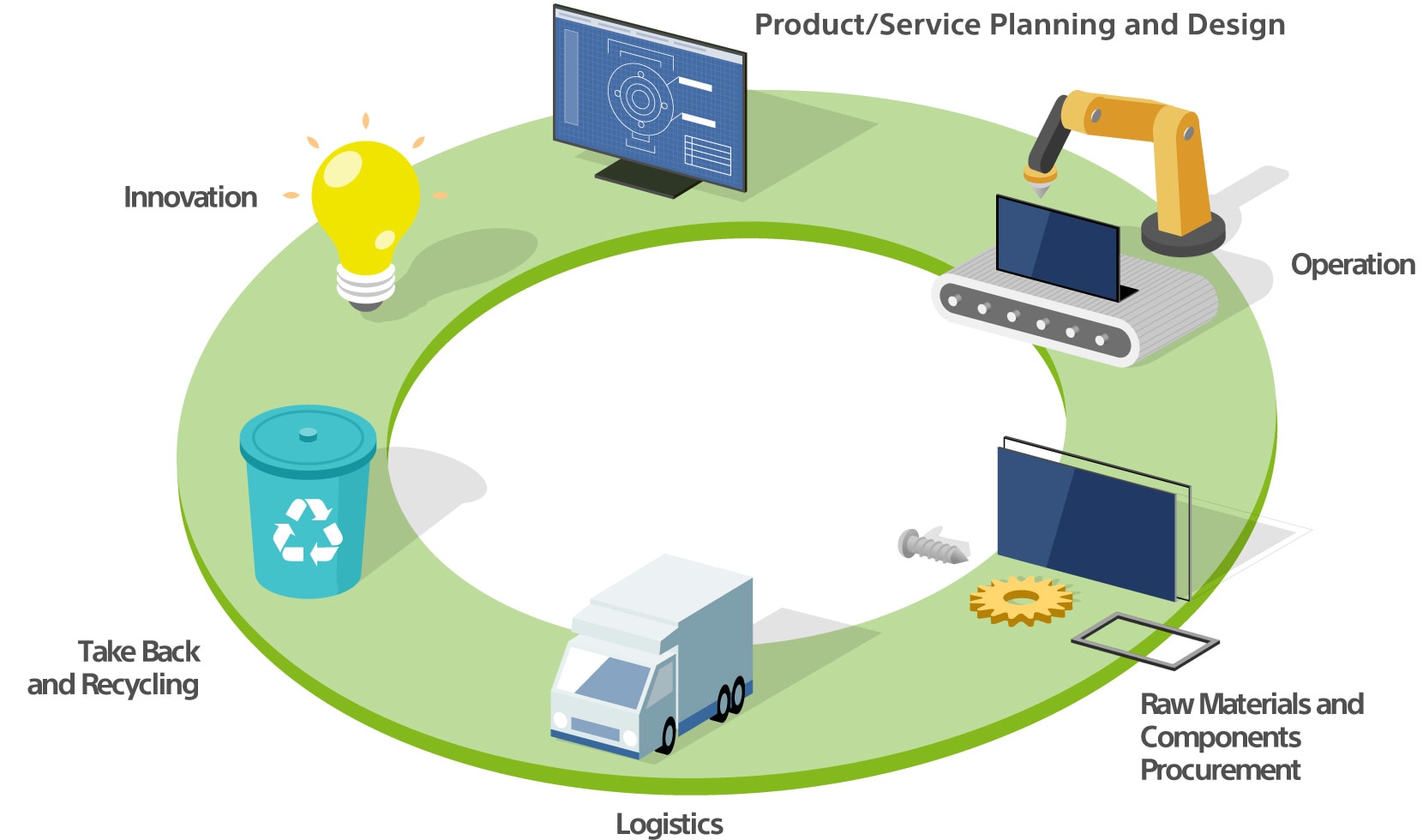
Product/Service Planning and DesignKeeping the environment in mind from the product development stage
We use our creativity and innovation to enhance product environmental performance. For a lighter environmental footprint, we capitalize on unique opportunities not only in electronics but also in entertainment and other business fields.

OperationWorking toward the unified
targets worldwide
To minimize our environmental footprint at plants and offices, we set globally unified targets in absolute terms for emissions, waste, and other criteria. This shared commitment extends to suppliers and manufacturing partners, which help reduce environmental impact across the value chain.
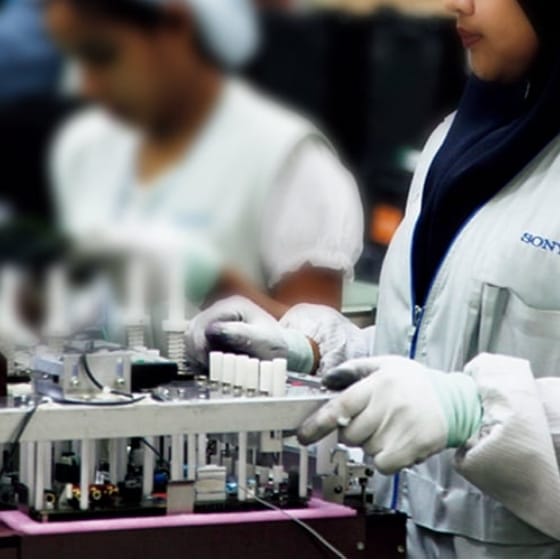
Raw Materials and Components ProcurementIn partnership with suppliers
Reducing environmental impact throughout product life cycles must include procurement of raw materials and components. Our suppliers have always helped us manage the chemical substances, and now, these partnerships are extended to saving energy and water to make zero environmental impact a reality.
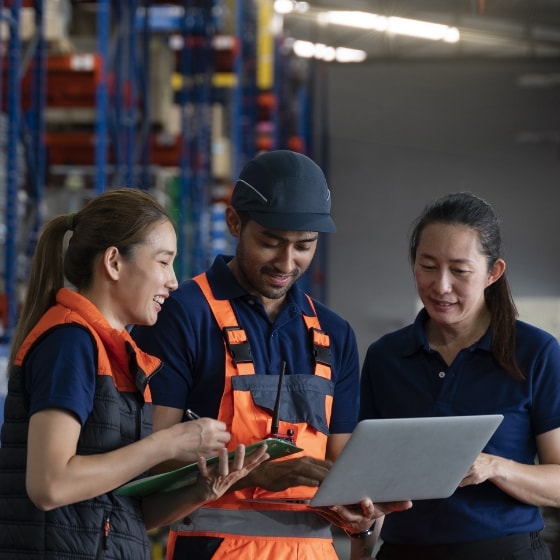
LogisticsEnvironmental benefits from
smart shipping practices
Shipping parts and products is also energy-consuming. To save energy and reduce CO2 emissions related to product transport, we have introduced smaller packaging materials, improved loading efficiency, and switched to environmentally superior modes of transport, such as rail or boat.
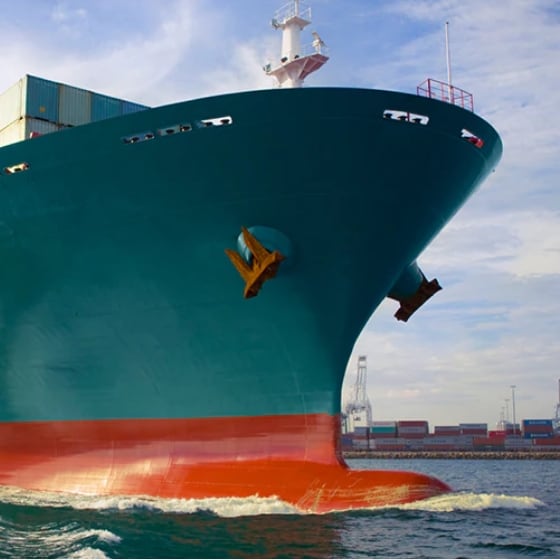
Take Back and RecyclingWith post-consumer use in mind
Responsible manufacturers must also consider what happens to products after use. Designing for recycle is only the start of our post-consumer responsibility, which extends to the local recycling programs we have established to encourage take-back and recycling of end-of-life products.
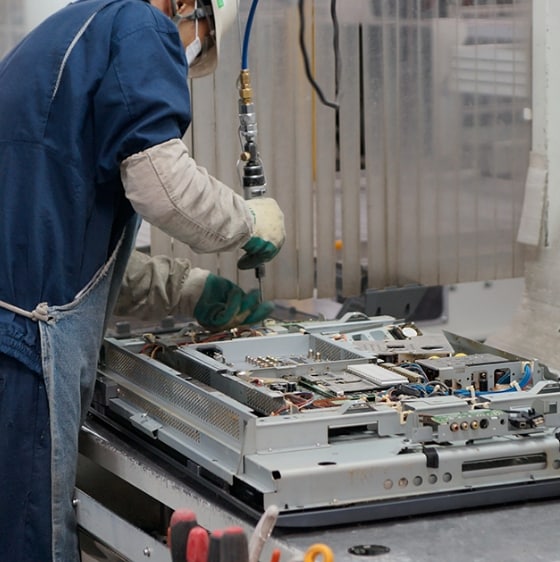
InnovationCreating environmentally
conscious technologies and services
Sony’s creativity and innovation delight and entertain many, and we dedicate the same energy into our environmental commitments. As we develop environmentally conscious technologies, we will also pioneer business models that reduce our environmental footprint.
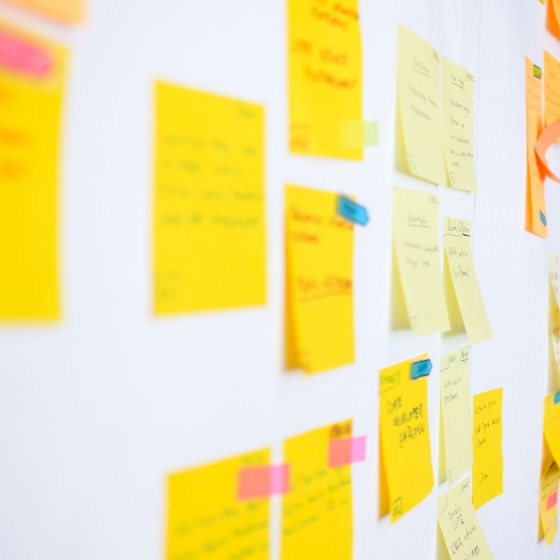
ACTIVITIES
Sony’s actions against climate change
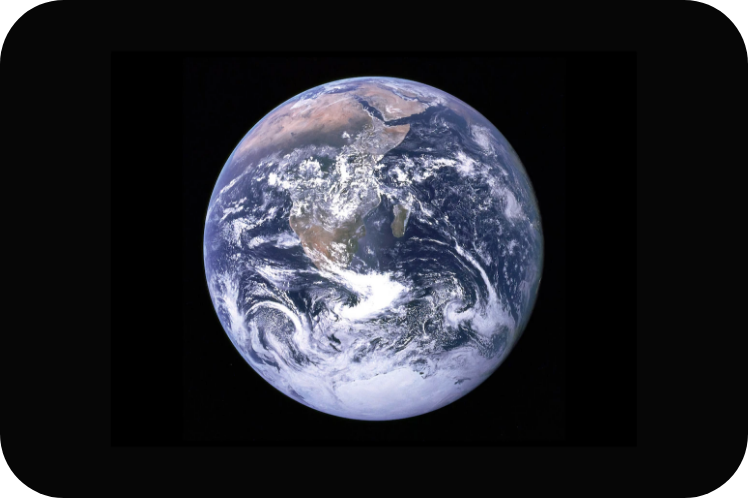
Reduce annual energy consumption per product unit by 5%
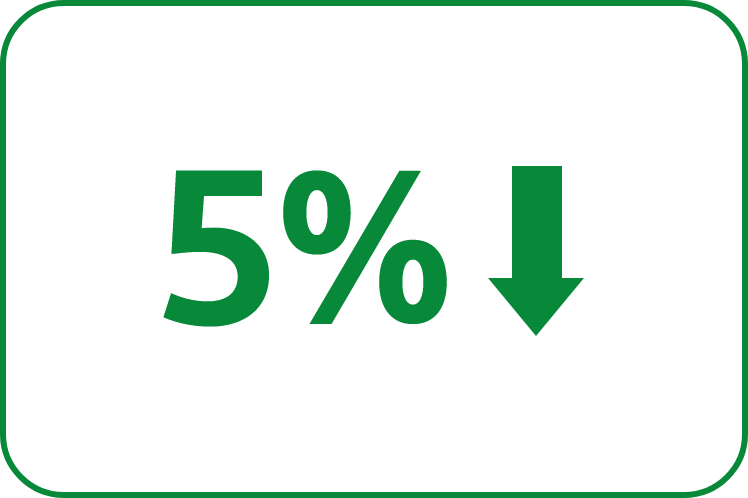
Actions for renewable energy use
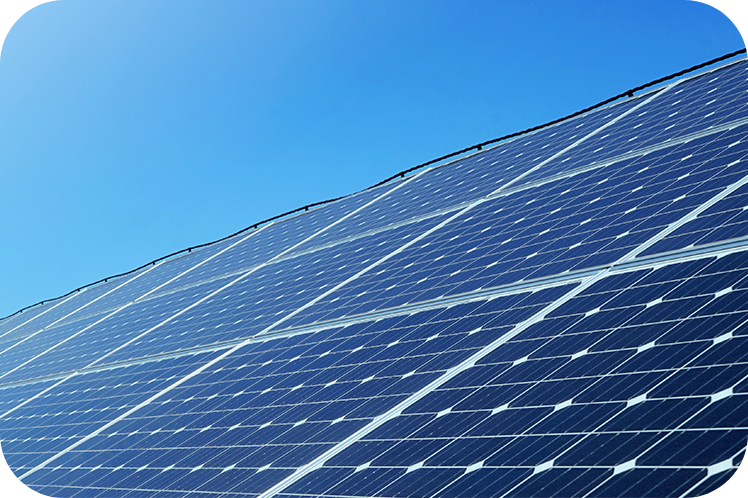
Achieving a zero environmental footprint
Sony is working toward its goal of having a “zero environmental footprint”, setting medium-term (5-year) environmental targets progressively backcasted from targets based on current achievement levels. This approach will enable Sony to work steadily toward achieving the zero environmental footprint goal, while making ongoing adjustments based on current progress.
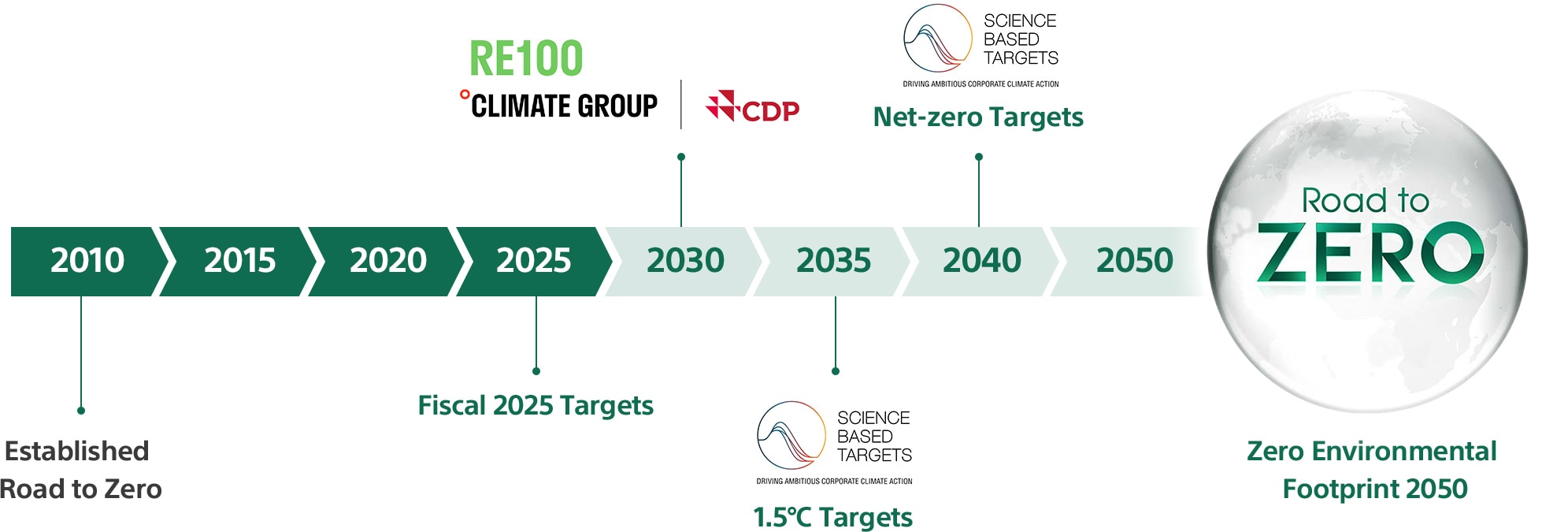
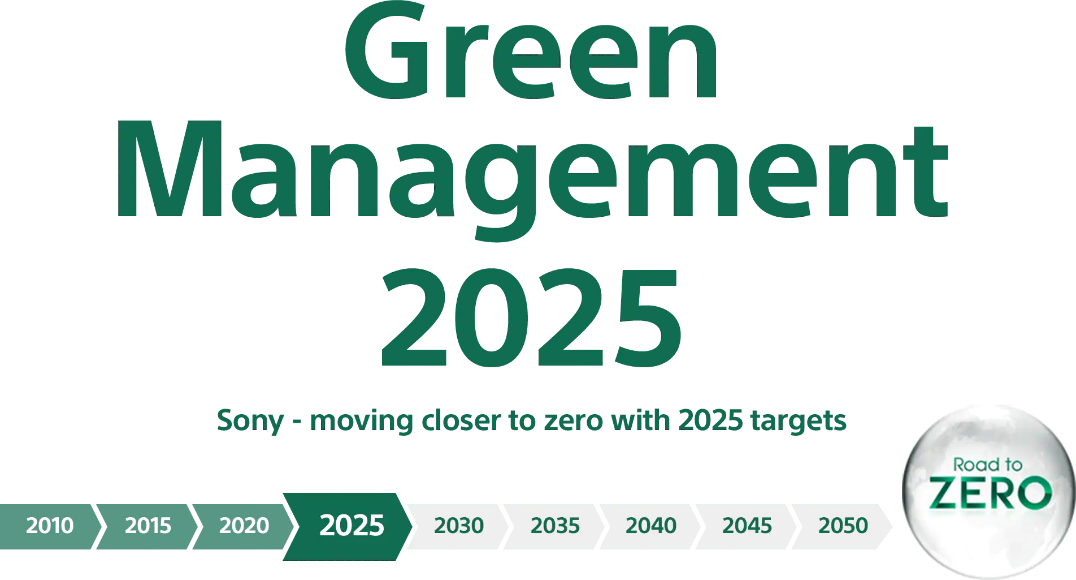
Medium-Term Environmental TargetsGreen Management 2025
Under the Green Management 2025 medium-term environmental targets established to achieve Sony’s Road to Zero global environmental plan, Sony is accelerating its efforts to address urgent environmental issues such as climate change and sustainable use of resources, by focusing on the following three key priorities: Improve Energy and Resource Efficiency of Products, Expand Renewable Energy Use and Enhance Supply Chain Engagement to reduce environment impact.
Accelerate target to achieve a zero environmental footprint by ten years
As climate change risks become more apparent and serious worldwide and the transition to a decarbonized society has become more important issue, Sony made the decision to accelerate the net-zero targets throughout the value chain, including Scopes 1 to 3 from 2050 to 2040. We also aim to achieve our net-zero targets in Scopes 1 and 2 by 2030.
